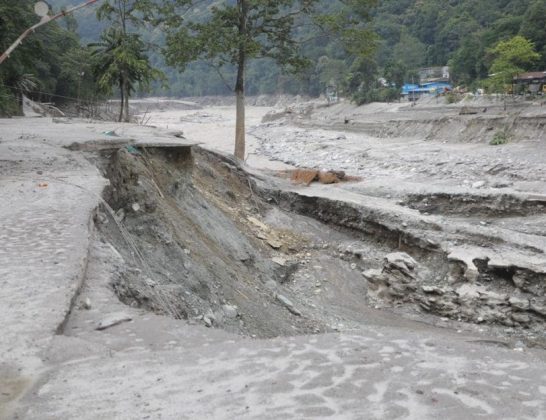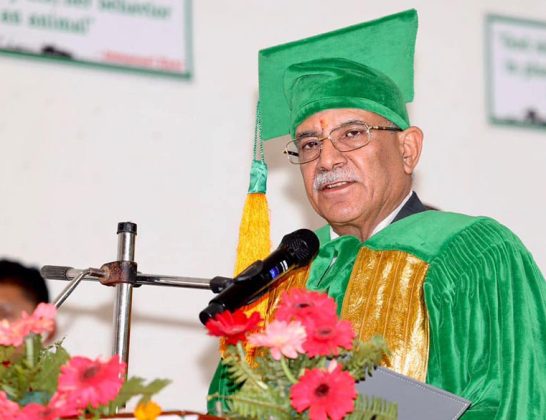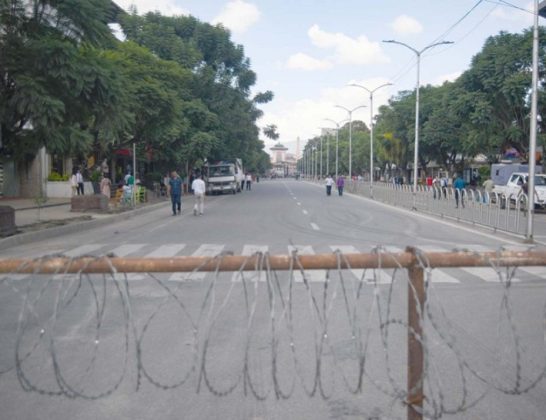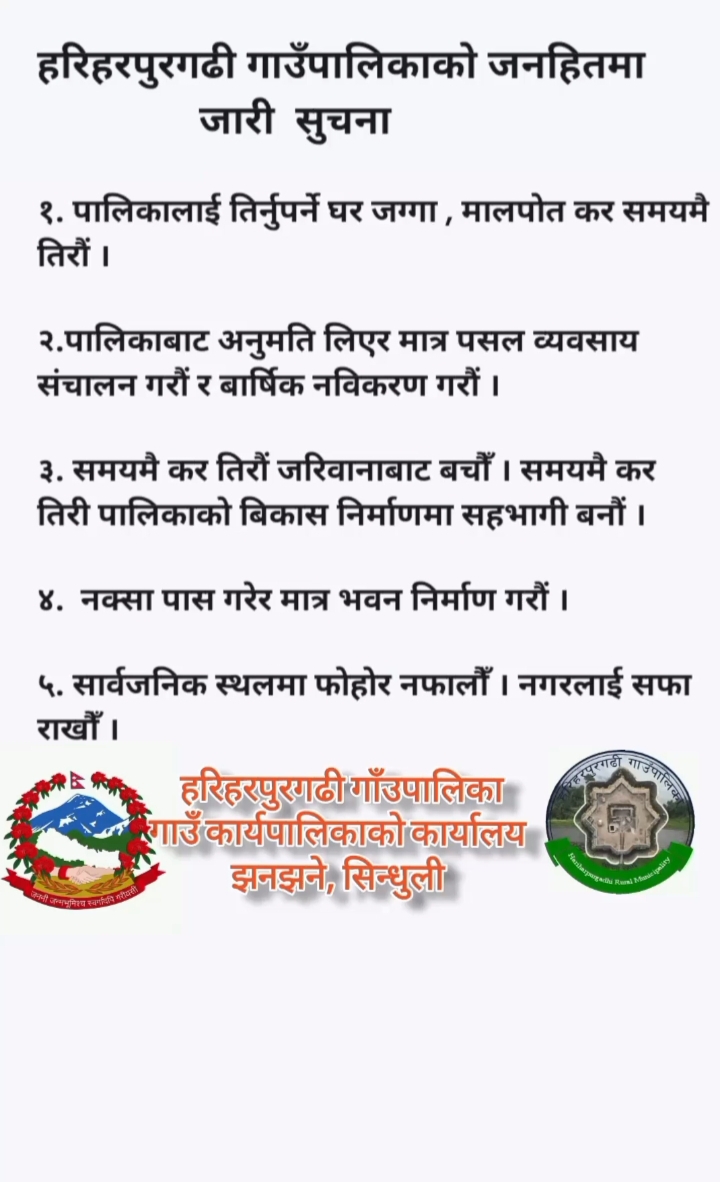Here we introduce Madhan Bhandari
Madan Bhandari’s contribution in Nepal’s communist movement should be positively assessed for his successful democratization of the communist party and communist organization.
Madan Bhandari is one politician of the Left on whom there has been significant discussion in the mainstream polity of Nepal. And yet, one feels that the narrative is inadequate. Despite all that has been written and said, the very fact that that he led a communist party makes academicians and writers hesitate to properly locate his contributions in Nepal’s 70 years of democratic struggle.
On the one hand, Bhandari’s admirers, particularly those who were his comrades during the democratic struggle and the workers of his party, venerate him to superhuman levels. They tend to focus on his positive personality traits, charismatic Marxist oratory informed by oriental philosophy and literature, which tends to overlook his concrete political contributions for the restoration and consolidation of multiparty democracy.
On the other hand, his critics limit him to the ‘communist’ bracket informed by international experience and tropes, which in fact he had broken while leading his party into the democratic era of Nepal, working to make it accept universal democratic values through its fifth General Convention in 1993, just few months before the mysterious-looking car accident on the highway between Mugling and Narayanghat in central Nepal which took his life. He was only 41 at the time of his passing.
Political evolution
Madan Kumar Bhandari, popularly addressed by his first and last name as Madan Bhandari, was born on 27 June 1951 in a village of Nepal’s northeast mountain district of Taplejung. He completed his early schooling in a local Sanskrit school, and then went to Varanasi in India for further studies. In Nepal, those were the times when a brief window of democracy that people had opened through their struggle against the century old Rana oligarchy had just been forcefully closed; popularly elected Prime Minister and social-democrat leader BP Koirala was ousted in a coup led by King Mahendra; and many pro-democracy leaders had exiled themselves to India for safety, which also allowed them to continue their political activism.
In Varanasi, the northern cultural city of India, Bhandari pursued Sanskrit literature and then went to Dehradun for two years where he came in contact with Nepali youths influenced by communist ideology. On his return to Varanasi in 1969, Bhandari got admission in Banaras Hindu University (BHU). His political leanings immediately drew him to the communist party led by Pushpa Lal Shrestha.
Bhandari’s interaction with Nepali Congress leaders, his education in BHU and Pushpa Lal’s guidance shaped his early political ideas to a great extent. The Nepali Congress (NC), professing social-democratic ideology, used to keep a distance from the communists. Pushpa Lal, the founder of the Nepal Communist Party, however, had a firm belief that the NC and communists needed to join hands to have any realistic chance to restore multi-party democracy in Nepal.
In 1968, BP Koirala was released from prison following international as well as Indian pressure on King Mahendra. ‘BP’, as he was known, moved to India and established contact with his Nepali and international friends. In that era, coinciding with the height of Cold War, BP was under pressure to maintain a distance from the communists. The idea of a joint democratic movement of the NC and the communists never gained traction until as long as BP and Pushpa Lal lived despite both leaders having reconciled in principle the need for this.
Madan Bhandari, as a student and as one of the editors of the party’s mouthpiece ‘Mukti Morcha’, was closely following these political developments. With the prospect of a joint mass struggle looking distant, Madan Bhandari, still keeping a low profile among ‘senior’ comrades, rebelled against Pushpa Lal and reached out to the communist group in Jhapa district which had come into the limelight in 1972 by ‘physically eliminating class enemies’, drawing inspirations from the Naxalite movement in the West Bengal state of India just across the border.
The Jhapa District Committee, as the outfit was known, had young revolutionaries which included current Prime Minster KP Oli among others. Oli and Mohan Chandra Adhikari were two members of the committee to dissent with the ‘physical elimination of individuals’ agenda of the group. They were a minority but kept advocating the need to have broader public support over the use of violence as a means to advance the socialist agenda.
Madan Bhandari reached out to the Jhapa activists for strategic reasons. He had spotted the youth group’s potential of evolving into a full-fledged political organization. At the same time, he was clear about the need to reject violent methods of the Jhapa District Committee.
Following several protracted ideological debates, the two factions merged to become a political party named Communist Party of Nepal Marxist-Leninist (CPN-ML) with Bhandari not as its apex leader but a key ideologue of the party, and member of its powerful Central Committee. This new party assessed that the violent methods of Jhapa rebellion were inappropriate. CPN-ML subsequently participated in Panchayat elections held in 1986, successfully sending articulate members in the Rashtriya Panchayat (the unicameral parliament) and local governments, who would visibly argue in favor of multi-party democracy from within the monarchical system.
the two factions merged to become a political party named Communist Party of Nepal Marxist-Leninist (CPN-ML) with Bhandari not as its apex leader but a key ideologue of the party, and member of its powerful Central Committee
With Bhandari’s leadership, the party adopted a new slogan: “Let’s use and develop Marxism with creativity”. This slogan gradually helped the leadership and rank-and-file to be receptive to the very foundational philosophy of modern democracy—open society and universal human rights. Madan Bhandari was then elected the Secretary General of the CPN (ML) by its Fourth Convention in 1988. The party adopted the line of joint mass struggle for democracy. Madan Bhandari initiated talks with the new leadership of Nepali Congress, particularly Ganeshman Singh. Finally in 1990, the Nepali Congress and United Left Front (the group of seven Left parties) launched the Jana Andolan (People’s Movement) successfully restoring multiparty democracy in Nepal, which had been wrested by King Mahendra in 1960 after a brief flowering.
Bhandari simultaneously initiated unification among communist groups, the first being the one with CPN (Marxist) led by Manamohan Adhikari. After this unification, Adhikari was elected the Chair of the new party which was named Communist Party of Nepal-Unified Marxist Leninist, CPN (UML), while Bhandari remained Secretary General. This unification firmly grounded CPN UML in Nepali politics.
People’s Multiparty Democracy
Madan Bhandari’s most significant contribution to the Nepali communist movement is his theorizing of People’s Multiparty Democracy (PMD), which can be said to stand as a conclusion of his ideological evolution and practice of non-violent politics as well as his synthesis of the usage of Marxism in the Nepali context. CPN (UML) adopted PMD as its guiding principle at its sixth General Convention of 1998. Development of PMD holds more significance as its rise in Nepal came at a time when the Soviet Union had just fallen and socialist states of Eastern Europe were losing public support one after the other. The world was staring at the huge rejection of communist ideology, and to stay relevant there was a need for new imagination and fresh thinking.
In Nepal, the communist movement needed a theoretician who could incorporate Marxism through concrete analysis of the objective conditions obtaining in Nepal; the democratic movement of Nepal demanded a leader who could fearlessly uphold the banner of consistent democracy; and the Nepali nation sought a national figure who could boldly champion national interests and aspirations. In Madan Bhandari, all of these requirements found a unified answer and therein lay his unique contribution.
Madan Bhandari’s contribution in Nepal’s communist movement should be positively assessed for his successful democratization of the communist party and communist organization. His participation and leadership in Nepal’s democratic movement produced far-reaching impacts that are evident to this day.









Comments